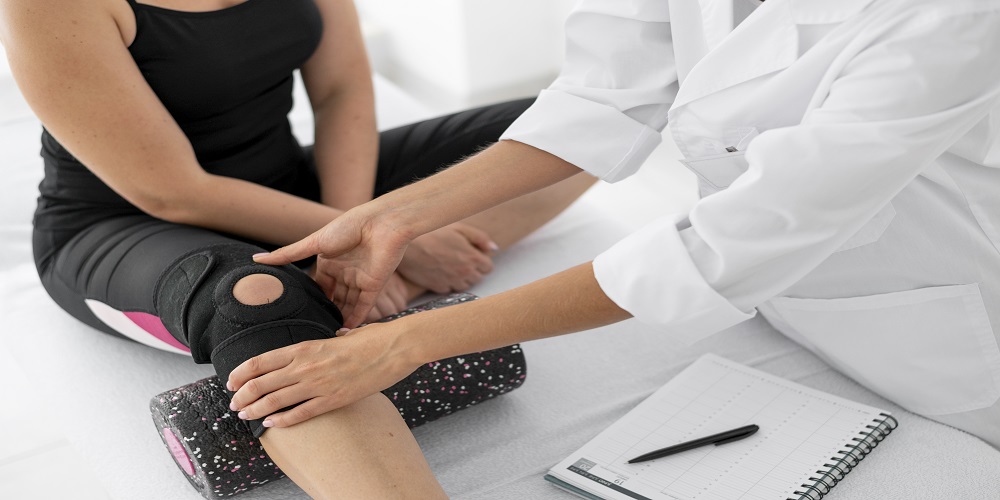Sports injuries are an unfortunate but common aspect of athletic pursuits. Whether you’re a weekend warrior or a professional athlete in Canada, the risk of injury is inherent in physical activities.
While some injuries can be minor, others may require more extensive recovery measures. Orthopedic braces play a crucial role in aiding recovery and helping individuals get back in the game.

Understanding Sports Injuries:
Sports injuries can range from mild sprains to more severe fractures, affecting various parts of the body.
Common sports-related injuries include sprained ankles, knee ligament tears, and stress fractures. These injuries often result from sudden impacts, overuse, or improper techniques during physical activities.
The Role of Orthopedic Braces:
Orthopedic braces are specialized devices designed to support and protect injured joints and muscles. They provide stability, reduce pain, and promote healing by limiting the movement of the affected area. Here are key ways in which orthopedic braces contribute to the recovery process:
– Stability and Support: Orthopedic braces offer stability to injured joints, preventing further damage and allowing the body to heal naturally.
– Pain Reduction: By providing support and reducing the load on injured areas, braces help alleviate pain associated with sports injuries.
– Post-Surgery Recovery: In cases where surgery is necessary, orthopedic braces play a vital role in the post-operative phase, aiding in a smoother recovery process.
– Preventing Re-injury: Wearing braces during rehabilitation can help prevent re-injury by ensuring that the affected area is protected as it strengthens.
Types of Orthopedic Braces:
Orthopedic braces come in various types, each designed to address specific injuries and support different parts of the body. Some common types include:
– Knee Braces: Ideal for knee ligament injuries or conditions like arthritis.
– Ankle Braces: Provide support for sprained ankles and help prevent re-injury.
– Wrist Braces: Support and stabilize the wrist, often used for conditions like carpal tunnel syndrome.
– Elbow Braces: Aid in recovery from conditions like tennis elbow or provide support after an injury.
Recovery and Rehabilitation:
Recovering from a sports injury is a comprehensive process that involves not only the use of orthopedic braces but also rehabilitation exercises and physiotherapy. Here are essential steps in the recovery journey:
– Professional Assessment: Consult with a healthcare professional to accurately diagnose the injury and determine the appropriate course of action.
– Orthopedic Bracing: Depending on the injury, the healthcare provider may recommend the use of orthopedic braces to facilitate recovery.
– Physiotherapy: Engage in targeted exercises and physiotherapy sessions to strengthen the injured area and improve flexibility.
– Gradual Return to Activity: Progressively reintroduce physical activity, ensuring that the body is fully healed and can withstand the demands of sports participation.
Conclusion:
In conclusion, sports injuries are an unfortunate reality for many Canadians engaging in physical activities. However, the use of braces can significantly contribute to the recovery process, providing support, stability, and pain relief. Whether you’re dealing with a sprained ankle, a knee injury, or any other sports-related ailment, orthopedic braces can be instrumental in getting you back in the game.
If you or someone you know is currently dealing with a sports injury, consult with a healthcare professional to assess the extent of the injury and explore the benefits of orthopedic braces in the recovery process. Remember, a well-supported recovery leads to a stronger comeback.